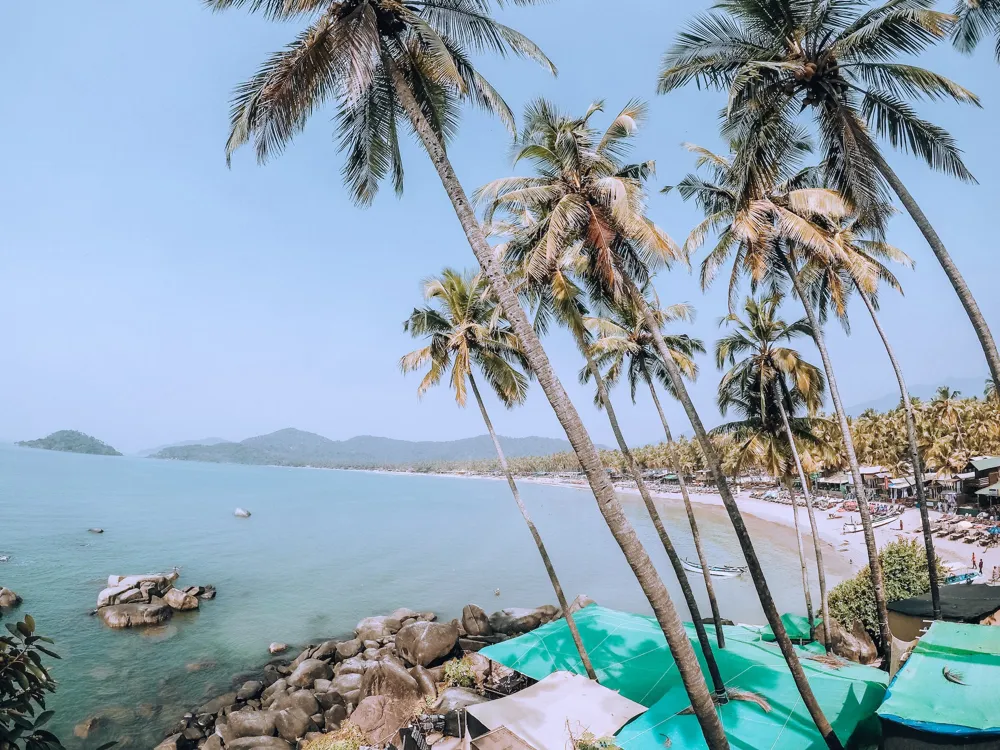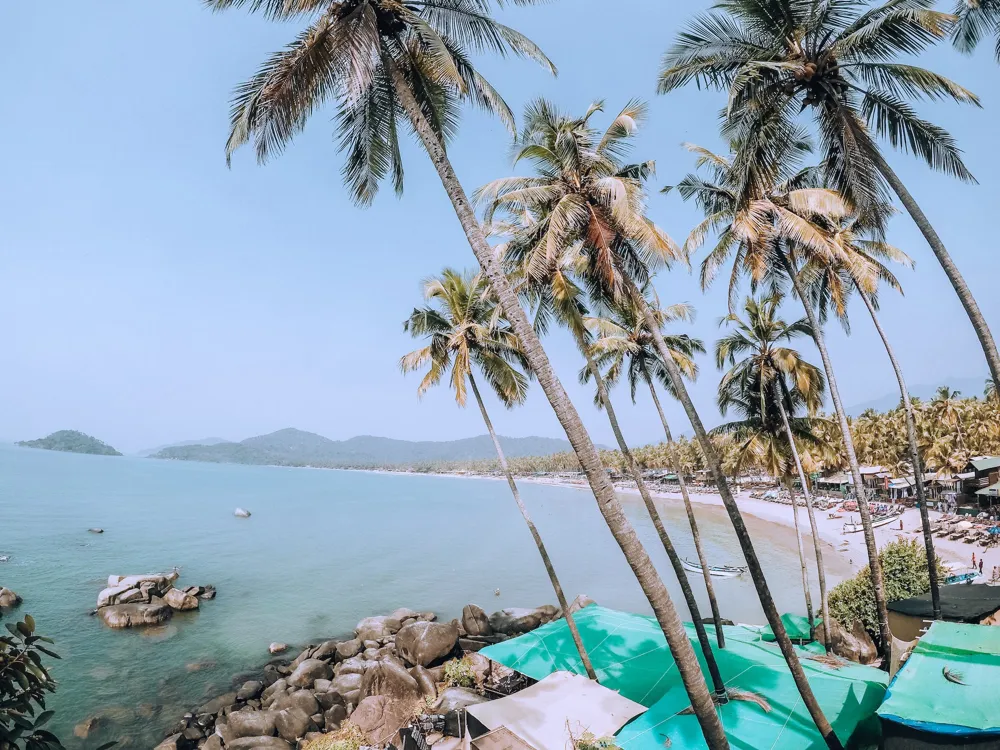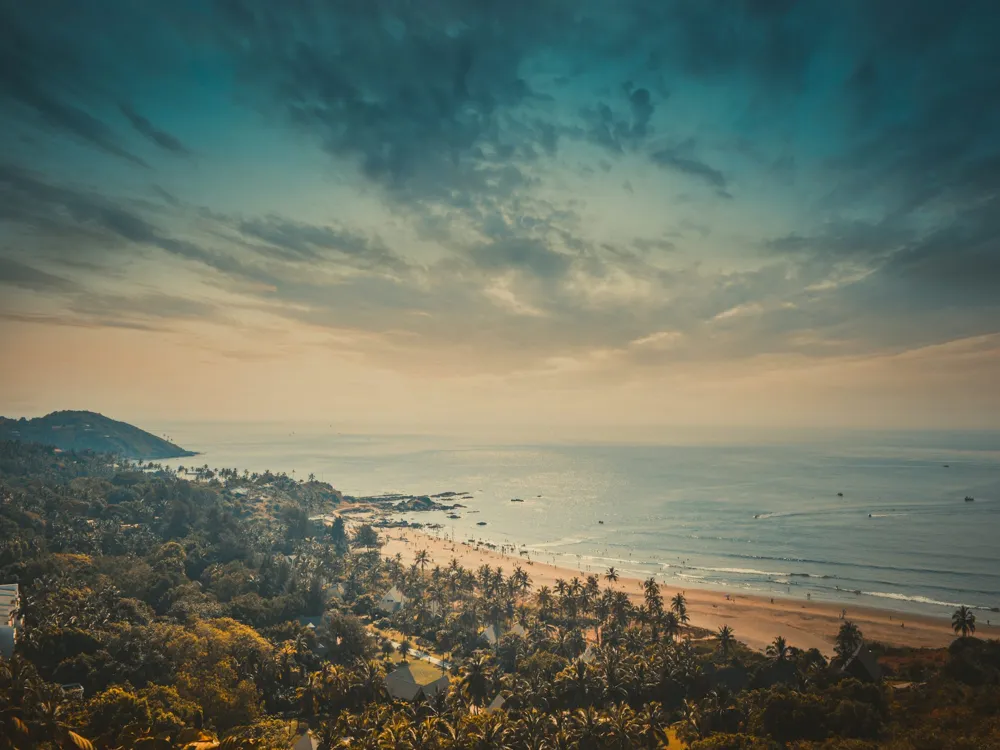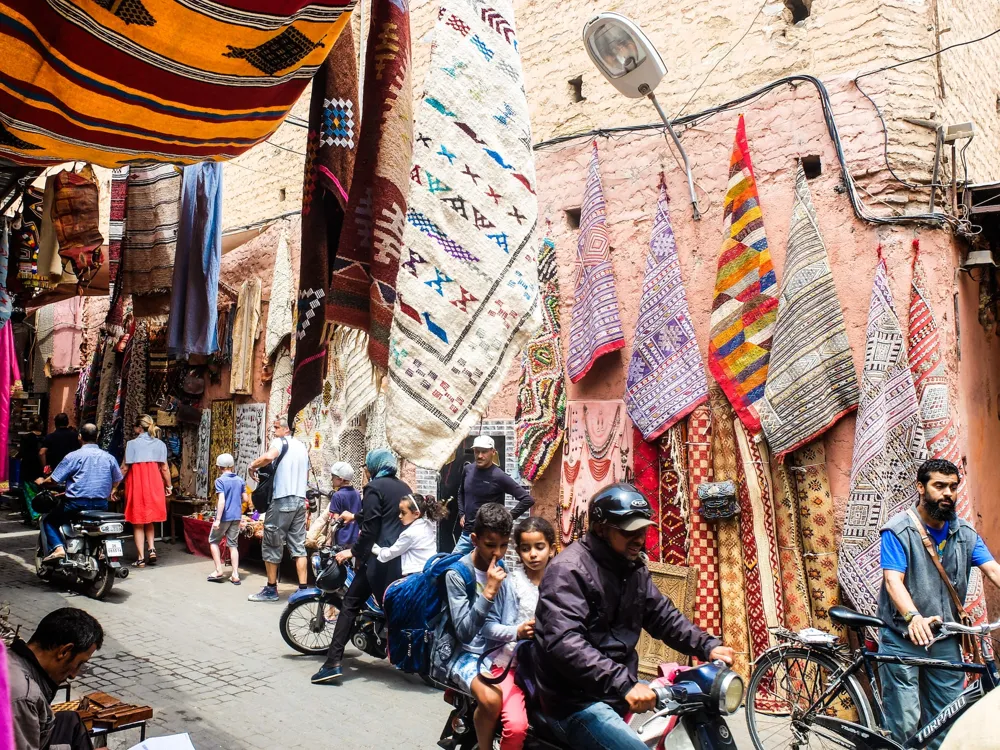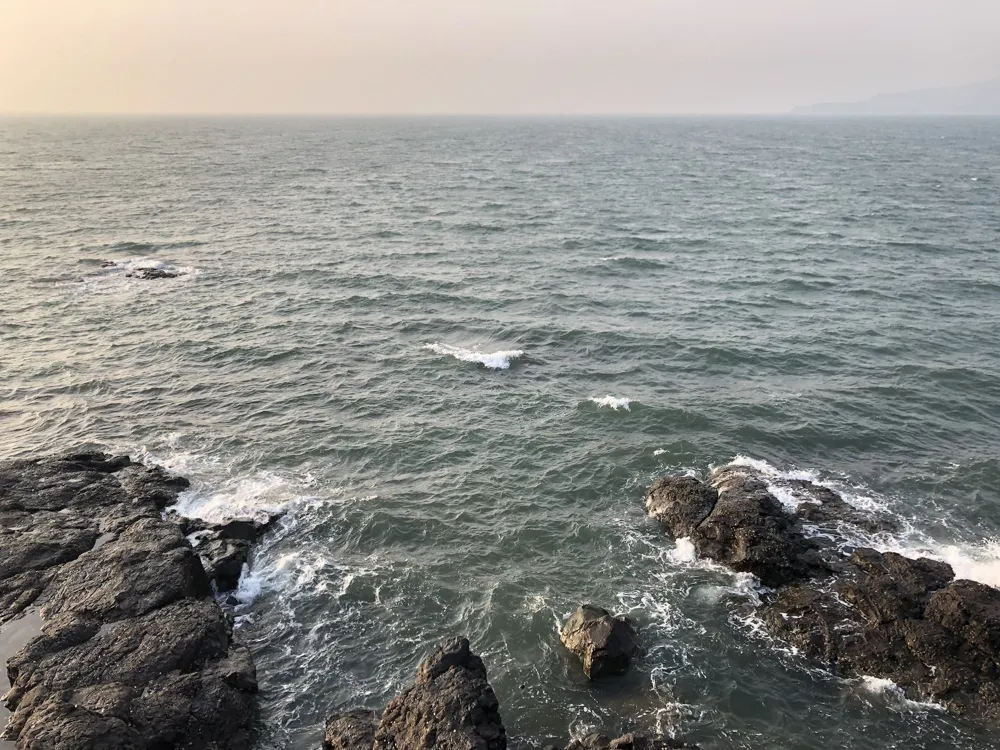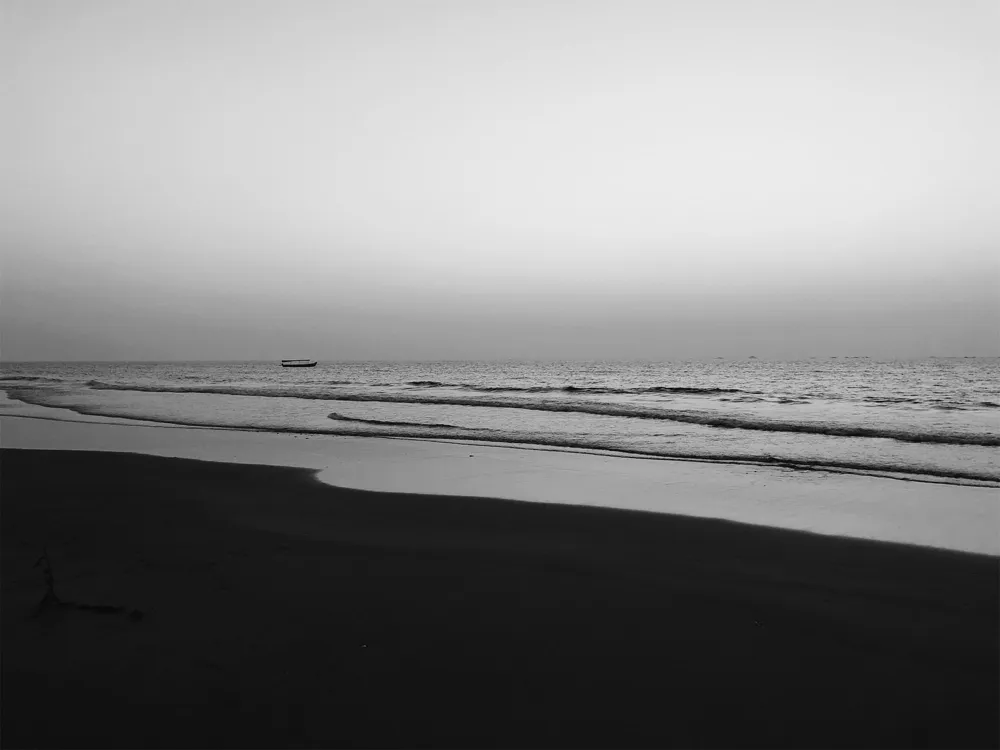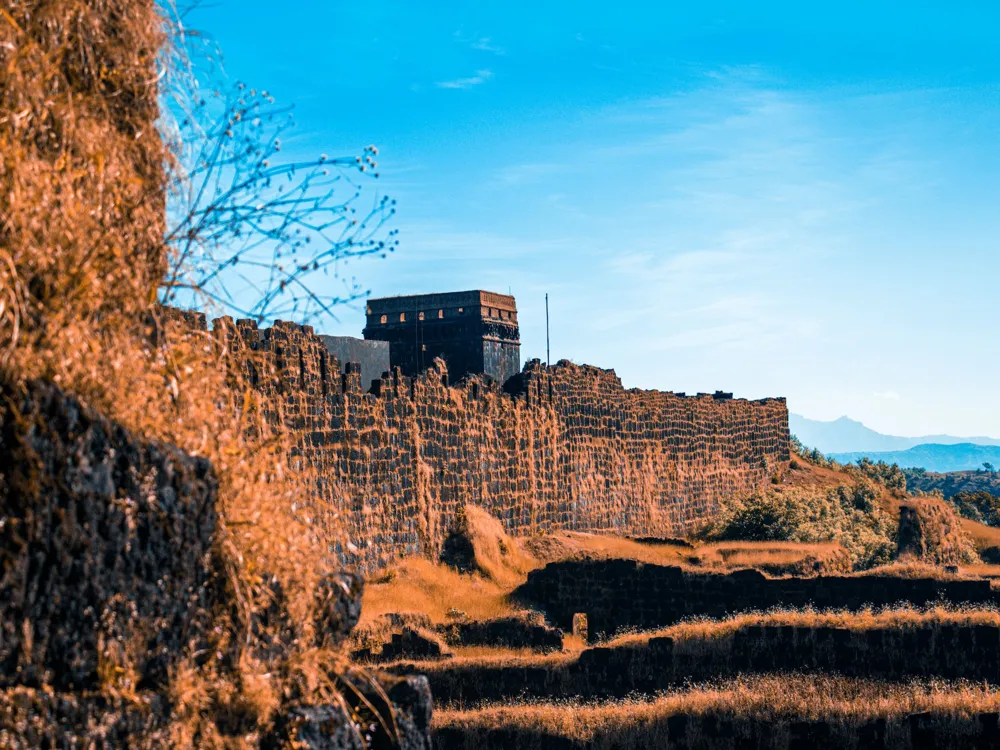The Safa Shahouri Masjid, nestled in the heart of Panaji, Goa, stands as a testament to the rich cultural and architectural heritage of India. Built in the 16th century by Ibrahim Adil Shah, the Sultan of Bijapur, this mosque is a significant landmark that blends Islamic and Goan architectural styles, creating a unique aesthetic. Its historical importance is immense, as it reflects the Islamic rule in the region and serves as a symbol of religious harmony. The mosque, over the centuries, has witnessed numerous historical events and transformations. Despite the challenges of time and nature, it has managed to retain its original grandeur, attracting tourists and history enthusiasts from across the globe. Its location in Panaji, the vibrant capital of Goa, adds to its accessibility and appeal. The Safa Shahouri Masjid is not just a place of worship but a beacon of history, standing proudly as a reminder of the region's diverse cultural fabric. The architecture of Safa Shahouri Masjid is a marvelous fusion of Indo-Islamic artistry. The mosque features a striking façade with intricate carvings and geometrical patterns typical of Islamic architecture. The central dome, flanked by two towering minarets, dominates the skyline, offering a splendid view against the backdrop of Panaji's lush landscapes. Inside, the mosque showcases an array of arches and pillars, each adorned with detailed carvings and motifs. The mihrab, indicating the direction of Mecca, is beautifully crafted, capturing the essence of spiritual devotion. The spacious prayer hall, with its high ceilings and serene ambiance, provides a tranquil space for reflection and prayer. One of the most notable features of the mosque is its blend of local Goan elements. The use of local materials and techniques in its construction is a testament to the harmonious coexistence of different cultural influences. The mosque's architecture is not just an embodiment of religious significance but also an illustration of the cultural synthesis that characterizes Goa's history. Visitors should dress modestly out of respect for the religious site. It is advisable to wear clothing that covers the shoulders and knees. Headscarves for women are recommended but not mandatory. While photography is allowed, it should be done respectfully, avoiding any disturbance to the worshippers. It's important to check for any specific photography rules upon arrival. Visitors should be aware of the prayer times and avoid visiting during these hours to ensure that worshippers are not disturbed. Opting for a guided tour can enhance the experience, providing insights into the mosque's history, architecture, and cultural significance. Reaching Safa Shahouri Masjid in Panaji is convenient, given the city's well-connected transport system. The mosque is accessible by road, and visitors can opt for local buses, taxis, or even rent a bike to explore the city. For those coming from outside Goa, the nearest airport is Dabolim Airport, from where Panaji is a short drive away. The city's central location in Goa makes it an easily reachable destination for those exploring the state's many attractions. Read More: Overview of Safa Shahouri Masjid, Panaji, Goa
Architecture of Safa Shahouri Masjid
Tips When Visiting Safa Shahouri Masjid
Dress Appropriately
Photography Etiquette
Respect the Prayer Times
Guided Tours
How to Reach Safa Shahouri Masjid
Safa Shahouri Masjid
Panaji
Goa
NaN onwards
View goa Packages
Weather :
Tags : Mosque
Built in : 1560
Established by : Adil Shah
Planning a Trip? Ask Your Question
Goa Travel Packages
View All Packages For Goa
Top Hotel Collections for Goa

Private Pool

Luxury Hotels

5-Star Hotels

Pet Friendly
Top Hotels Near Goa
Other Top Ranking Places In Goa
View All Places To Visit In goa
View goa Packages
Weather :
Tags : Mosque
Built in : 1560
Established by : Adil Shah
Planning a Trip? Ask Your Question
Goa Travel Packages
View All Packages For Goa
Top Hotel Collections for Goa

Private Pool

Luxury Hotels

5-Star Hotels

Pet Friendly









